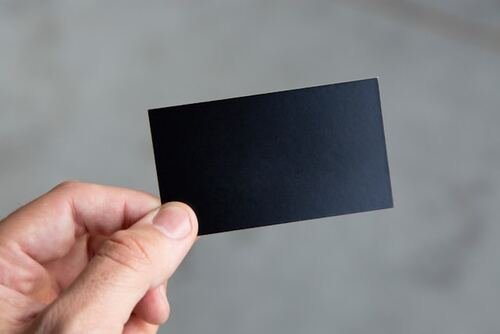When it comes to traditional wet shaving, few tools are as important as a quality brush. While razors and blades often take center stage, it plays a crucial role in creating a luxurious, creamy lather and enhancing the overall experience. A well-made brush not only makes the process smoother but also turns an everyday routine into an enjoyable ritual.
A shaving brush is more than just a tool for applying lather. It softens the beard, exfoliates the skin, and lifts facial hair, preparing it for a close, smooth shave. By agitating the shaving cream or soap, a good brush produces a rich lather, which is essential for cushioning the skin and preventing razor burn. So, let’s find out how to choose the best one!
Types of Bristles: Finding the Best Fit
- Badger Hair: Known for its softness and excellent water retention, badger hair brushes are highly prized. They come in different grades, each offering varying levels of softness and density. Silvertip badger brushes, the most luxurious, are ideal if you’re looking for a plush feel and a high-quality lather.
- Boar Bristles: If you prefer a bit more exfoliation, boar bristle brushes might be right for you. They are stiffer than badger hair and require some breaking in, but over time, they soften up while maintaining a good backbone
- Synthetic Bristles: For those seeking cruelty-free or vegan options, synthetic brushes have come a long way. High-quality options now mimic the softness of badger hair and offer impressive lathering ability.
- Horsehair: Once a popular choice before synthetic options were available, horsehair brushes provide a middle ground between badger and boar. They are softer than boar but slightly firmer than most badger brushes. They are less common but offer a unique balance for those seeking something different.
Brush Knot and Loft: Understanding the Shape
When selecting a shaving brush, consider the “knot” (the diameter of the bristle base) and the “loft” (the length of the bristles). A larger knot holds more lather and covers more surface area, which is ideal for those who like a full, generous lather. However, a smaller knot can provide greater control, which some shavers prefer.
Loft length also impacts performance. A longer loft generally means a softer feel, while a shorter loft gives the brush more backbone. It’s a personal choice, but as a rule of thumb, if you like a firm feel with more control, opt for a smaller knot and shorter loft. For a softer, more luxurious experience, go for a larger knot and longer loft.
The Importance of Handle Material and Design
While the bristles are the most functional part of the brush, the handle also plays a role in comfort and durability. Handles come in materials such as resin, wood, metal, and sometimes even bone or horn. Each material has its own feel and aesthetic, but it’s essential to choose one that feels comfortable and stable in your hand, especially if you shave every day.
Resin and metal handles are durable and often come in sleek designs, making them popular choices. Wooden handles, though beautiful, may require some maintenance to keep them from absorbing moisture and cracking over time.
Choosing the Right Shaving Brush for Your Routine
Ultimately, finding the right shaving brush comes down to personal preference and shaving habits. If you’re someone who enjoys a quick, efficient shave, the synthetic one might be perfect. Those who prefer a traditional, luxurious experience might find joy in the Silvertip badger one. On the other hand, if you value exfoliation and a firmer feel, boar bristle could be the way to go.
Regardless of your choice, using a brush can turn your shaving routine into something more enjoyable, connecting you with a time-honored grooming tradition. Whether you’re new to wet shaving or looking to upgrade your setup, a good brush makes all the difference. It’s an invitation to slow down, focus on the ritual, and make each shave feel a little bit special.




